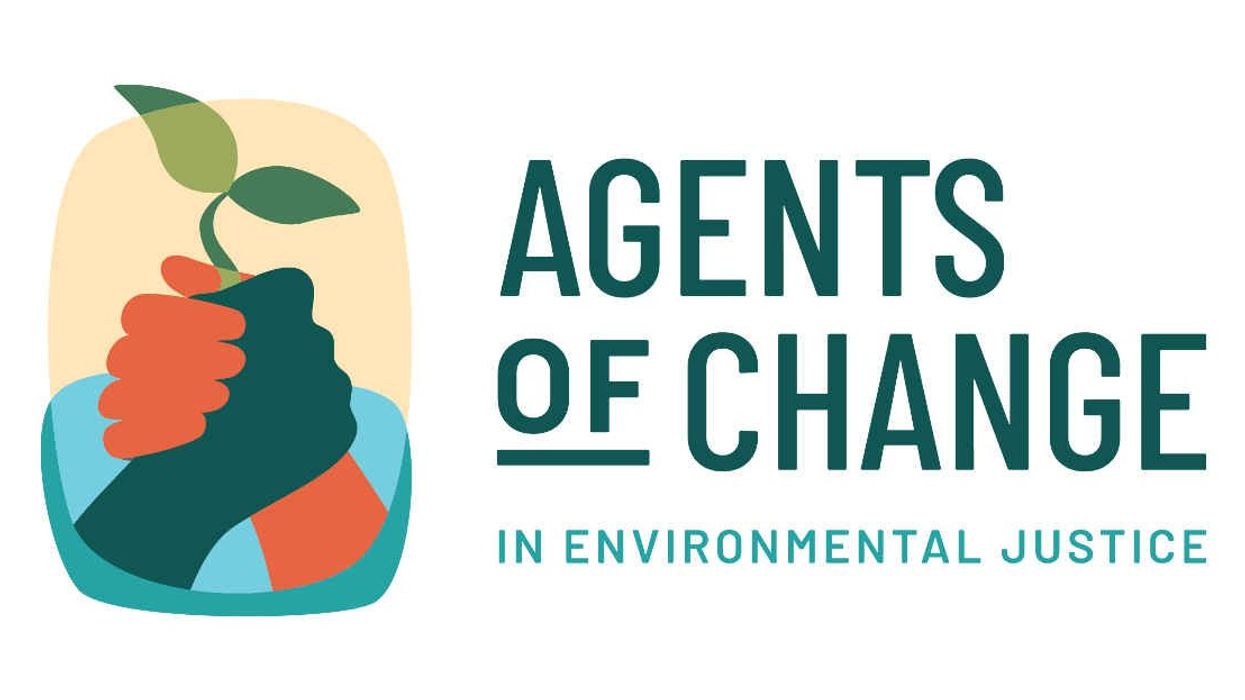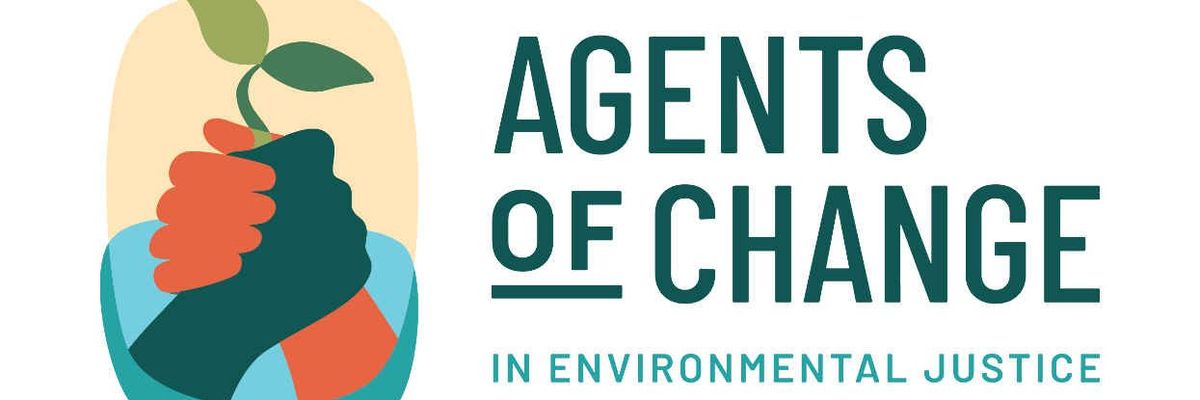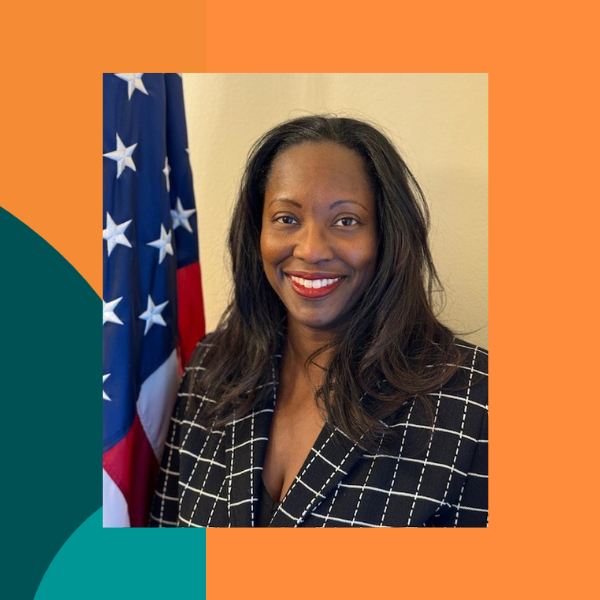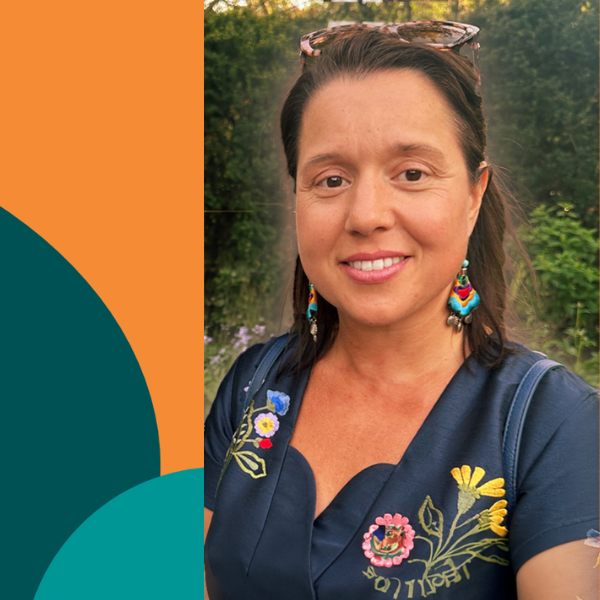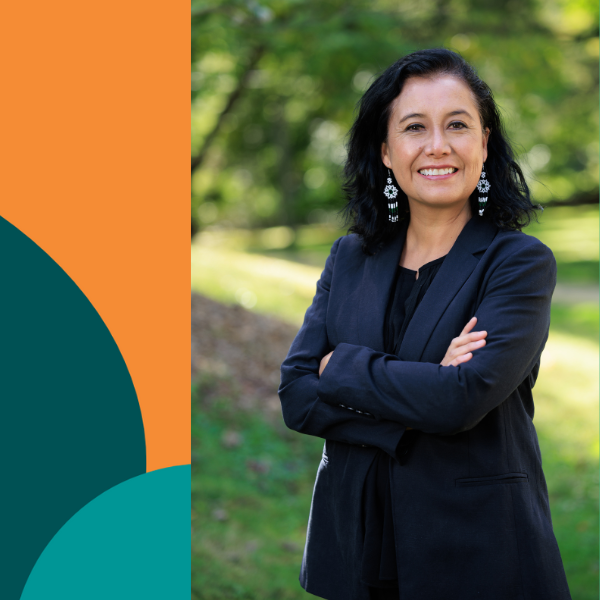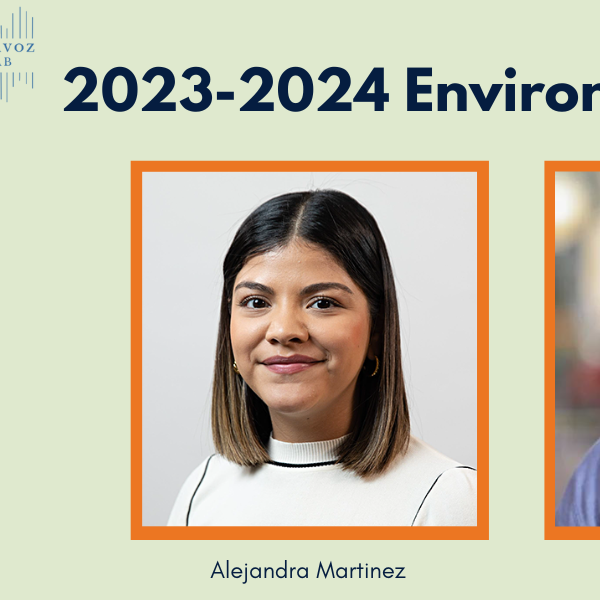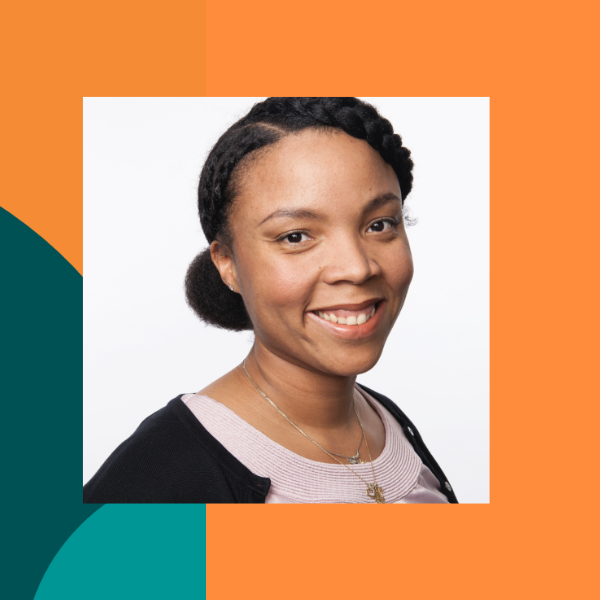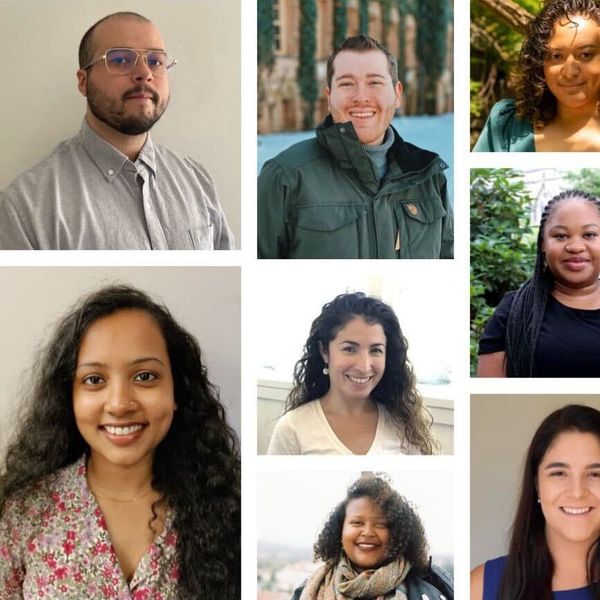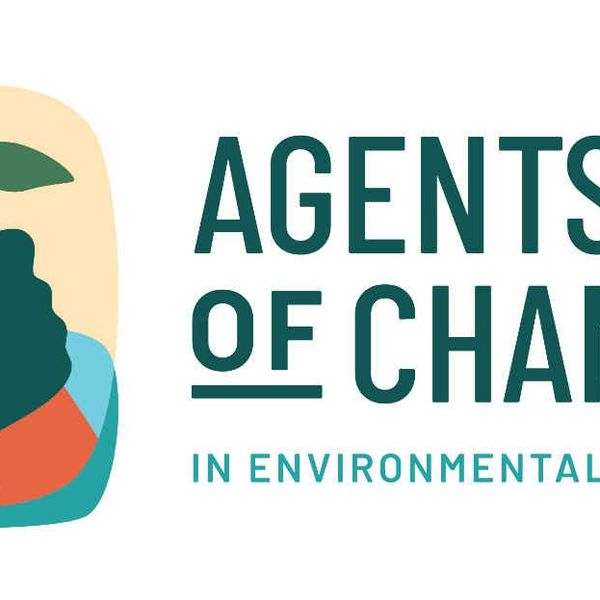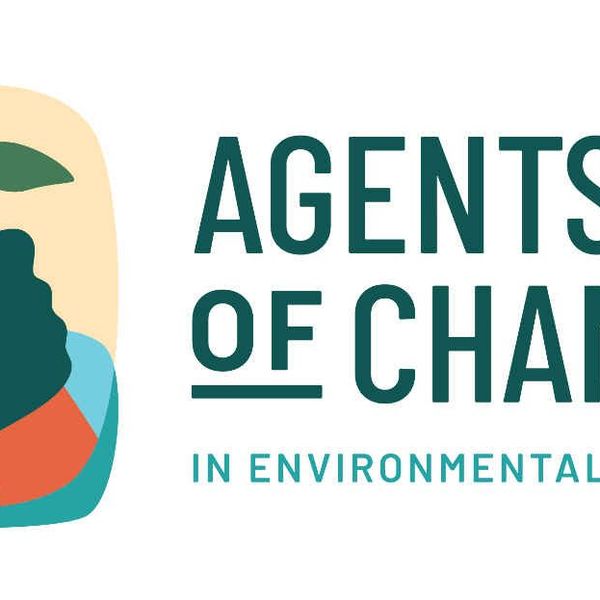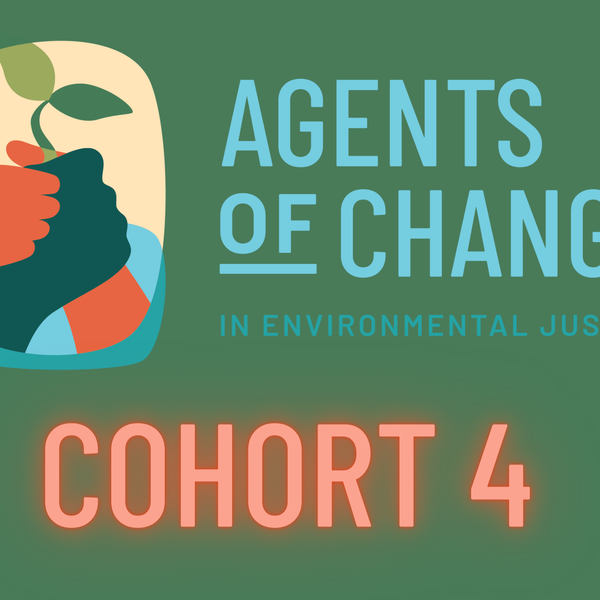Marissa Chan joins the Agents of Change in Environmental Justice podcast to discuss her latest research on beauty injustice and toxics lurking on shelves in Boston stores.
Chan, a senior Agents of Change fellow and a Ph.D. student in population health sciences in the department of environmental health at Harvard T.H. Chan School of Public Health, recently published a study with colleagues that found retail stores in Boston neighborhoods with a higher percentage of residents of color and lower income were more likely to sell hazardous hair products than stores in higher income, predominately white neighborhoods.
She talks about why this injustice persists and what can be done to change it.
The Agents of Change in Environmental Justice podcast is a biweekly podcast featuring the stories and big ideas from past and present fellows, as well as others in the field. You can see all of the past episodes here.
Listen below to our discussion with Chan, and subscribe to the podcast at iTunes or Spotify.
Transcript
Brian Bienkowski
Hello and welcome back to the Agents of Change in Environmental Justice podcasts a partnership between environmental health news and Columbia University's Mailman School of Public Health. I'm your host Brian Bienkowski, editor of Agents of Change and senior editor at EHN. Well first off, happy new year our team is excited to keep this podcast rolling into 2024. If you're new here you have found the podcast to hear from the up and coming leaders in the environmental justice field. We are here every other Wednesday, so please find us and subscribe to us wherever you get your podcast. Today I'm talking to Marissa Chan, a Senior Fellow of our program and a PhD student in Population Health Sciences within the Department of Environmental Health at Harvard TH Chan School of Public Health. Marissa recently led a study titled, "Evaluating neighborhood level differences in hair product safety by Environmental Working Group ratings among retailers in Boston, Massachusetts." Her team found that retail stores in neighborhoods with a higher percentage of residents of color, and lower income were more likely to sell hair products with a high hazard score in stores than higher income and in predominantly white neighborhoods. Marissa talks about why certain haircare products might be dangerous to our health, why women of color, especially Black women, are most targeted with these products. And finally, what we can do about it. Enjoy. All right, I am once again joined by Marissa Chan, one of my favorite guests. Marissa, how're you doing today?
Marissa Chan
Good. Thank you so much for having me back. How are you?
Brian Bienkowski
Of course I'm doing wonderful. And where are you today?
Marissa Chan
Still in Boston.
Brian Bienkowski
still in Boston? Probably a good thing that you haven't haven't had to move in the meantime. Well, Marissa, you've had some really interesting research come out. And we are excited to talk to you about it. This is a topic that we've been covering both in, ehn.org in our newsroom and of course, as part of the Agency of Change program. So thank you so much for coming by to talk about it. So to start off in the beginning of the new paper, your team mentions that women and children of color are more likely to use hair products that are hormonally active. So that term –Can you tell us what this means and why this is concerning?
Marissa Chan
Yeah, of course. And so just as a bit of context, if it's helpful, some previous work has really found racial and ethnic differences in hair product use. And so really, what that means is that folks of color, but notably, Black folks are more commonly using certain hair products such as the leave-in hair products, including hair gels, lotions, as well as hair pomades. And this is in addition to some rinse out products as well, notably chemical hair relaxers or chemical hair straighteners. And so to further explore this, some researchers have really examined what is in these products that are commonly used by folks of color, and have really found the presence of endocrine-disrupting chemicals, the acronym is EDCs. And these are really natural or manmade substances that can interfere with the body's hormone system, which is known as the endocrine system. And so there is the presence of these endocrine-disrupting chemicals in hair products. And in addition to that some work within our lab that I wasn't a part of, but my advisor, Dr. Tamara James Todd had conducted, really explored the hormonal activity of hair products commonly used by Black woman. And really, that means that they tested for activity across four hormones. And what they found by testing for these hormones that are really important in terms of a variety of different body functions is that all of the products that they tested were observed to have hormonal activity to varying amounts, and notably, it was hair oil that they observed, presented all four types of hormonal activity. So that's really how researchers kind of examine hormonal activity as well as how we speak towards hormonal activity or the potential for hormonal activity from, um, the inclusion of these chemicals of concern, notably the endocrine-disrupting chemicals in personal care products.
Brian Bienkowski
So your team went to 50 stores in eight Boston neighborhoods, I believe and collected data on the hair products that they had for sale. So how did you determine whether the products were potentially dangerous and hormonally active as you said?
Marissa Chan
Yeah, so through this process, we collected data on more than 14,000 hair products in the city of Boston, which was definitely a feat in itself. And after collecting this data from a variety of different department stores, pharmacies, grocery stores and beauty supply stores, we used the Environmental Working Group, or EWG, their skin deep cosmetics database to identify product safety. And so just as a bit of background, the skin deep database is a publicly available database that really allows consumers as well as researchers to search for certain products or ingredients and look up an associated hazard score, which is on a scale of one through 10. And that really indicates product safety. And so these scores are really created taking into consideration a number of potential ingredient concerns as well as data availability. And the database also categorizes these scores into low, moderate and high hazard. And so the scores that fall into the seven through 10 range are given a classification of high hazard. And so for our work, we both used the one through 10 rating, as well as the categorization from low to high hazard. And just as an additional note, higher hazard scores are given to products that are found to contain certain ingredients of concern. So including these endocrine-disrupting chemicals that we're talking about, but also other chemicals of concern. So just as an example, if a product is found to have something that is a suspected carcinogen, that could lead to a higher rating as well. So while personally, a lot of my work is focused on endocrine-disrupting chemicals are EDCs. This database more broadly identifies chemicals of concern. Yeah, just more broadly than specifically just endocrine-disrupting chemicals.
Brian Bienkowski
So when you compare the neighborhoods and which ones had these more worrisome hair products and stores, what did you find?
Marissa Chan
Yeah, so from this project, the main finding was that unfortunately, neighborhoods that had a higher percentage of residents of color, as well as lower income were found to be more likely to sell hair products with high hazard scores, again, indicating more unsafe hair products. And this is really in comparison to stores in the higher income as well as the predominantly non-Hispanic white neighborhoods. And so if anyone knows Boston, specifically, those neighborhoods with the highest risk were Mission Hill, as well as Roxbury.
Brian Bienkowski
And what are some of the ways you and your team are trying to get the word out to women of color that some hair products that target them can affect their health in this way?
Marissa Chan
Yeah. So I would say that communicating our labs work, as well as our research findings is a really important component of this work to us. And so we're really engaged in science communication in a variety of different ways. And so one avenue that I worked on last year that I think we we've definitely chatted about before was a limited series podcast called Beauty+Justice. It is completed now, but it's still online. But we interviewed a variety of folks working in this space, kind of trying to get a sense of the historical context behind beauty injustice, and inequities in exposure as well as the path forward. And so for folks who haven't listened to it, I would recommend it. Dr. Zota, as well was on our podcast. So that is definitely one method that we have been using in terms of spreading information. And exploring this topic further. And something that I've also been involved in over the past year especially is partnering with different community organizations, to host these different beauty workshops in a way, which are really discussions about some of the ingredients to avoid, some information about the different consumer apps or websites that they can use to shop safer if they're interested. As well as we also have a DIY component where I actually teach them, and they really learn with and alongside us how to make their own products. And so those are just a few examples of the science communication and engaging with the folks within the community in Boston that we've been a part of. And it is really important for me personally, as well as for our labs work. And I think just one final note is just the fact that currently, while this is unfortunately, an individual level issue, so really that meaning that folks themselves have to navigate these complex ingredient labels as well as where they can find these products that are quote unquote safe, and how they even know what safe means they're really navigating all these different factors. Unfortunately, it should not be on the individual to have to shop safely. So I just wanted to also put that out there in terms of speaking about individuals.
Brian Bienkowski
So as a bald white man, I am perhaps the polar opposite demographic here, but I will say I have made my own beard oil. And I'm curious, real quick to hear if you're making your own. What kind of products are you making? I'm fascinated by that.
Marissa Chan
Yeah, so we've done quite a few so far. We've made a scalp scrub. We've also made an all purpose cleaner. So a little shift from the personal care product space. But in terms of consumer products, we've also made lip balm as well as a hair pomade. So I'm kind of excited to see where we go from there. Folks are really interested in the hair oils or oil space. So maybe looking towards that, as well as maybe like a leaving conditioner or a hair lotion. We've also gotten feedback about that.
Brian Bienkowski
That is so cool that what a great way to not only identify a problem, but have a solution. And speaking of solutions, we you know, that's a very kind of individual level solution, if that's the right word, but can you talk about both possible regulation in the space and societal standards on haircare and beauty when we're thinking of how to solve this?
Marissa Chan
Yeah, so I really think it will take a variety of stakeholders working together for us to reach beauty justice, and that's really including policymakers, researchers, businesses, community members, as well as others, including like folks who work in media such as yourself. And so I think it will take all of us to put in the work and working together as well as individually for this space. And so first off, just speaking towards a bit about the regulation side of things, we are seeing some movement, including the passing of the modernization of Cosmetics Regulation Act in 2022. And that was the first major update in terms of federal regulations in a really long time. So movements such as that is really important. However, there is still a lot of work that needs to be done in that space in terms of really what safety means. In terms of personal care products, as well as protecting the folks who are burdened by beaty injustices. There's also a more recent one, there has been a proposed rule that has come up this past fall about banning formaldehyde or formaldehyde-releasing agents in chemical hair straighteners in the US. So that's a really important rule that's come about that I'm interested to see where it goes. But this is really important specifically in terms of the work that we do the folks in beauty justice, because as I spoke about at the beginning, notably, it is Black folks who are using chemical hair relaxers, and that may be to meet a certain beauty standards. So it's not just an individual level decision. But there are a variety of factors at play. And that kind of ties into the second part that you asked about. So like beauty standards. And so societal standards of beauty are a huge driver of product use. And as we talked about in terms of hair products, hair discrimination, specifically may contribute to the use of chemical hair straighteners among women of color in the US. And so there really also needs to be a shift in terms of beauty to embrace diversity and beauty. And so we're kind of seeing that through a variety of different avenues, but notably the natural hair movement, as well as other movements in social media to really celebrate diversity and beauty, which is a shift from what we've been seeing historically. And one other comment I want to make in terms of solutions, and really building on the paper, is that what we saw through this paper, and as we kind of discussed access to safe hair products sold in stores is an issue in Boston. And so while we have not really fully explored on this space yet, the role of businesses and the supply chain really need to be a part of the identification as well as how solutions really come about in this space.
Brian Bienkowski
So what's next for your research on this issue? And what are you optimistic about?
Marissa Chan
Yeah, so I guess apparently, I'm a PhD student, I was trying to eventually graduate. So for my dissertation, I developed a project that's called restyle. It stands for retail environment and hairstyling exposure study. And it really so kind of first going back to the paper to kind of set up the next step. So we... through this paper, we really identified these differences in hair product safety between neighborhoods in Boston, however, we really didn't identify or aim to look at what is driving these differences. And so that's really one portion of this project, we actually expanded the data collection to all of the neighborhoods in Boston, so expanding it off the first aid. And we're really aiming to look at what is driving these differences that we observed in the first paper. So that's one of our next steps, and kind of building off that in terms of the optimism piece. Some of some of the other portions of this project, specifically use a qualitative method called Photovoice. And I'm really excited about this piece and optimistic about this piece because we are really aiming to identify community-driven solutions. So I'm excited to see what comes from this as well as how we can kind of dig into these solutions to bring about change.
Brian Bienkowski
Awesome. Well, lastly, and thank you, again, so much for being here. It's always just so lovely to talk to you about your research and what you have going on. What would you tell people who are worried about this about cosmetic and haircare exposures?
Marissa Chan
Yeah, so one thing as I mentioned before, I really think a huge point in this space is the fact that we can't shop our way out of this issue. But unfortunately, we do have to at this point. So for folks who are worried about cosmetics and haircare exposures, there are a variety of different consumer product databases that are out there where folks can either look up their current products or shop safer. So I really would recommend checking out some of those if you're interested that just some top of mine that I can think of we used which I would also recommend the EWG skin deep database, but there are others. So there is the Silent Spring Detox me app. Claria cause DNA. And there's also the Non-toxic Black beauty product database. So we're really seeing kind of an explosion in a good way of these resources where folks can look up their products. So I would really recommend that for folks who are interested.
Brian Bienkowski
Marisa, thank you so much. Keep up the good work. And hopefully I'll get to talk to you again soon.
Marissa Chan
That sounds good. Thank you so much.
Brian Bienkowski
That's all for this week. Folks. If you enjoyed this podcast, visit agentsofchangeinej.org. And while you're there, click the donate button to support us. You can also find us on X and Instagram and please follow us on Spotify or iTunes where you can listen to this and all past episodes.
- LISTEN: Beauty + Justice ›
- LISTEN: Beauty justice in the LGBTQ+ community ›
- Opinion: A love note to brown women facing beauty injustices ›
- Op-ed: It’s not just hair — fighting beauty injustice beyond the individual ›

